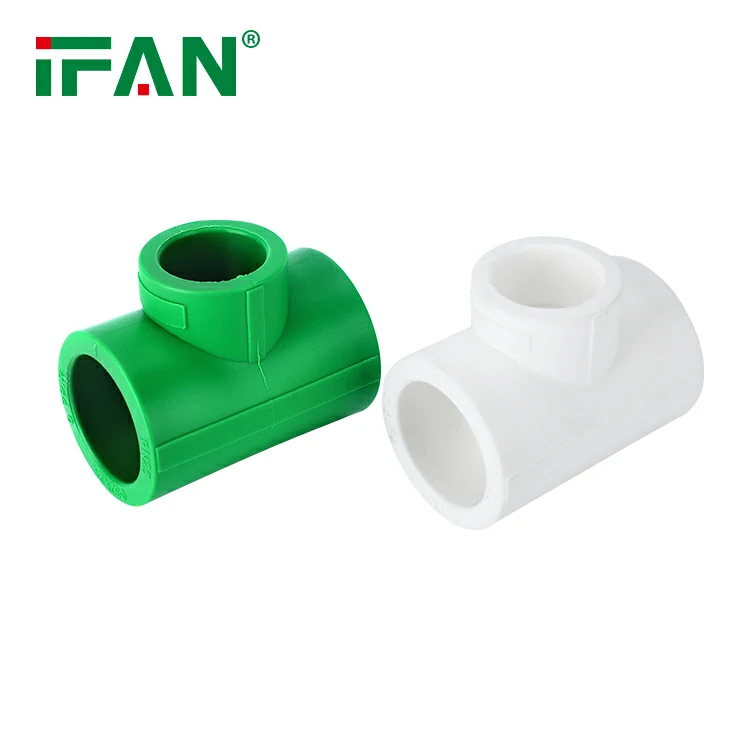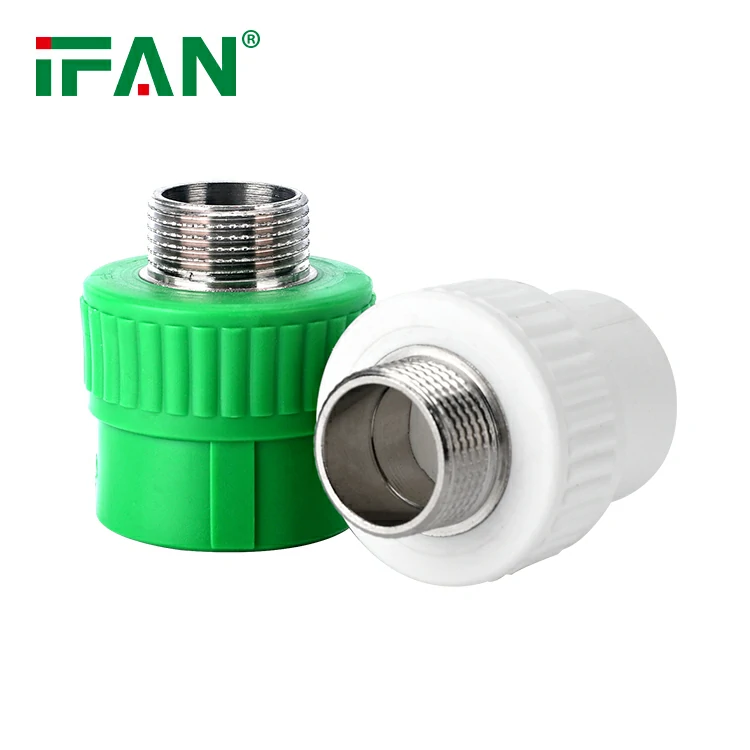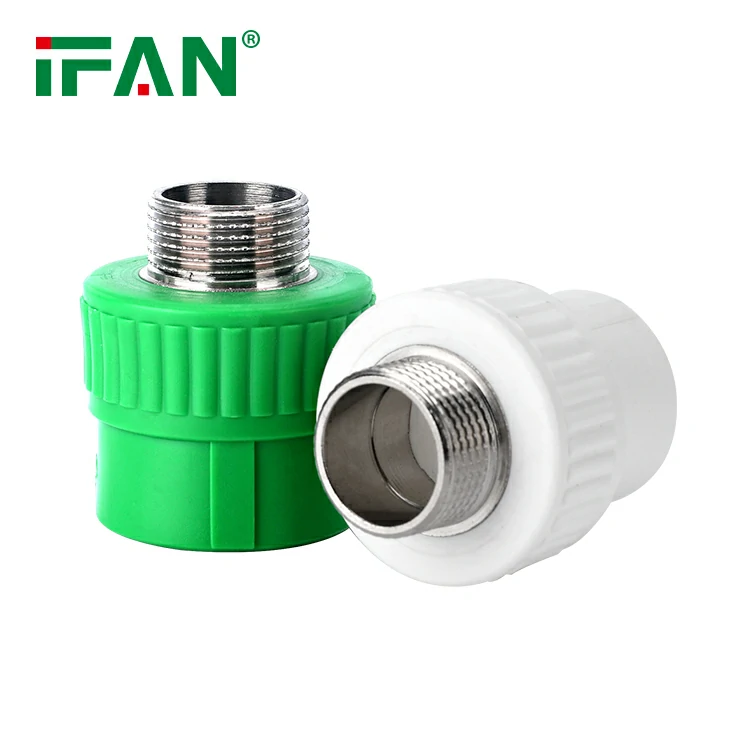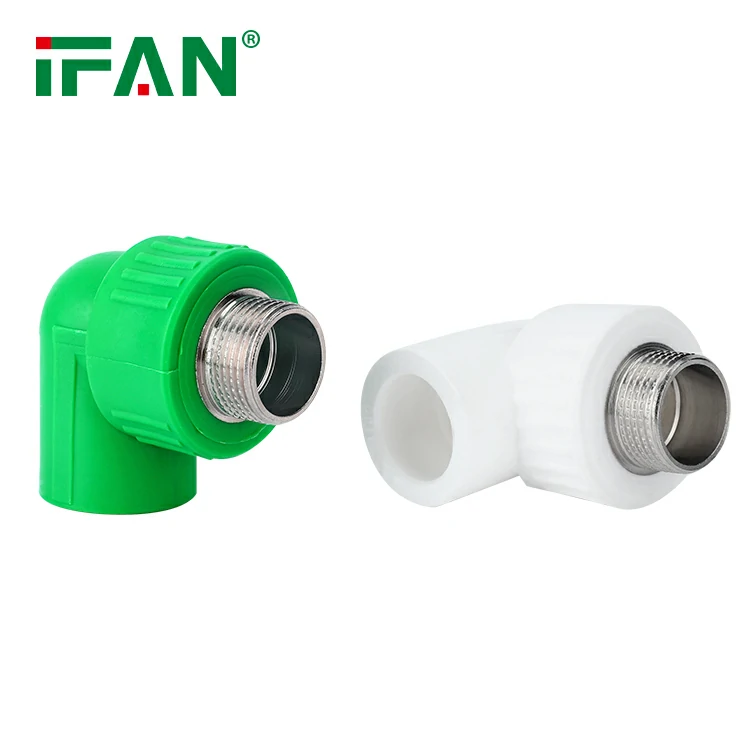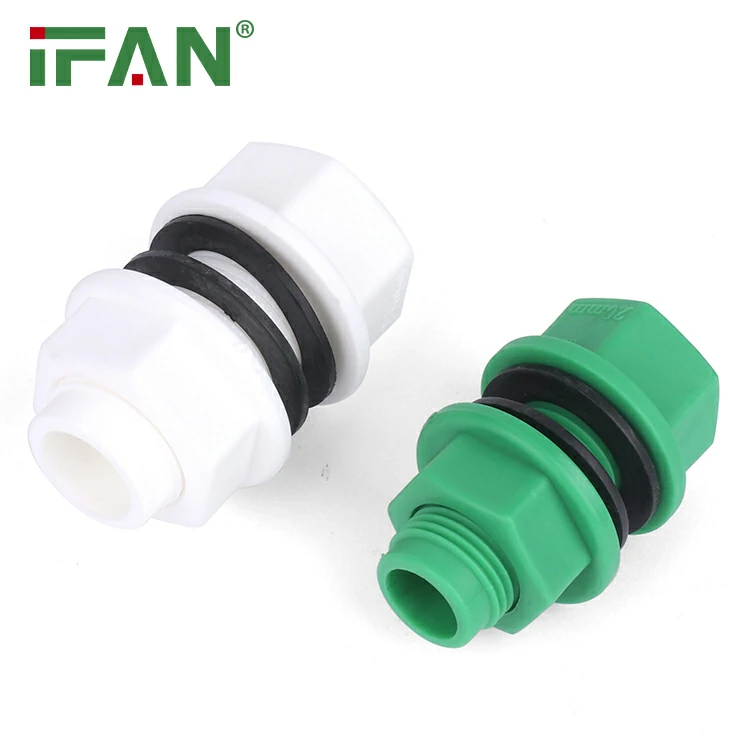Title: The Advantages of ISO 15874 Safe and Lead-Free Brass Bibcocks for Ensuring Water Quality
Element description: ISO 15874 brass bibcocks
Introduction
Water quality is an essential aspect of maintaining healthy living standards for humans. Providing clean and safe water is critical to prevent the spread of waterborne diseases. ISO 15874 Safe and Lead-Free Brass Bibcocks is a product that can help ensure water quality.
Advantages of ISO 15874 Safe and Lead-Free Brass Bibcocks
- Safe for human health
The lead-free brass material that the bibcocks are made of ensures safe drinking water. The ISO 15874 standard ensures that the product is in compliance with health and safety regulations and is safe for human consumption. - Durable and long-lasting
The brass material used in making the bibcocks makes it resistant to corrosion, which enhances the durability of the product. The design of the bibcocks is such that it is easy to install and maintain. The product can serve for an extended period without needing repairs or replacements. - Resistance to high temperatures
The brass bibcocks are suitable for use in hot water systems because they can withstand high temperatures without deformations. This feature makes the bibcocks long-lasting and cost-effective, reducing repairs or replacements due to high-temperature damages. - Versatile product
The brass bibcocks are suitable for use in different applications such as homes, hospitals, hotels, and other commercial establishments. The bibcocks come in different sizes, making them suitable for various pipe configurations.
Conclusion
ISO 15874 Safe and Lead-Free Brass Bibcocks is an essential product for ensuring clean and safe drinking water. Brass bibcocks are durable, long-lasting, can withstand high temperatures, and are versatile enough to fit different pipe configurations. Choosing ISO 15874 bibcocks is a cost-effective solution for your water quality needs.

